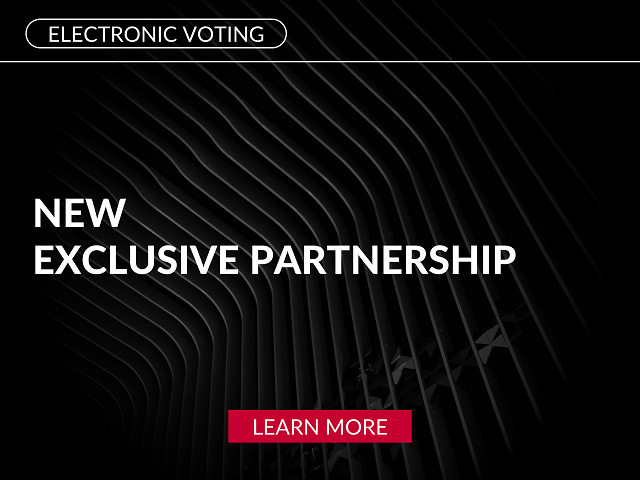The pandemic has accelerated the need to move the ballot box for club elections from paper to the computer and this trend will continue in the coming years. GGA Partners online voting specialists Michael Gregory and Martin Tzankov explain the challenges and opportunities to consider when moving your elections to an electronic voting platform.
Private golf, business, and leisure clubs spend a great deal of time and money planning, executing and delivering the results of club elections, often with discouraging voter turnout.
Over the past two years, GGA Partners, in partnership with secure platform provider Simply Voting, has worked with many clients to move the ballot box for club elections from paper to the computer. As this trend grows in the coming years, our team of skilled specialists shares the challenges and opportunities available as your club considers moving to an online voting platform.

The Challenges
According to GGA manager Martin Tzankov, the biggest challenge is trying to retrofit new technology and process to existing bylaws. “Most bylaws were written before the introduction of online voting,” commented Tzankov. “Outdated bylaws cause complexities in the process, particularly regarding proxies. It is important to understand what you can and cannot do to ensure the election conforms to your club’s rules.”
Another challenge is the organization of member data including current contact information and eligibility.
“The ability for clubs to segment member data is complex and critical,” stated Michael Gregory, a partner at GGA. “Whether it is a current member whose dues are in arrears, or a new member who became eligible while the vote is taking place, clubs must ensure that only eligible votes are tallied in the final results.”
It’s a simple fact that humans make errors and there are times members who were against an issue will question the integrity of any vote. Online voting eliminates that challenge by providing the ability to audit the process from start to finish.
The Opportunities
“The biggest opportunity for clubs that choose online voting is increased member participation in the process,” said Tzankov. “Members use technology every day so casting their vote on their computer or mobile device, which often takes less than 5 minutes, is simple and easy. And while there will be some members who prefer paper, in our experience, the majority of members prefer the online option.”
Along with increasing the experience, participation, and satisfaction of members, online voting is a powerful tool to segment the results by age, membership category and other data sets. Data segmentation allows your club to identify and track trends across a wide spectrum of subjects, providing valuable insight for future planning.
The capability to deliver a consistent schedule of communications is another opportunity provided through the online voting platform. Rather than incur the expenses of printing and mailing information, your team can prepare and schedule a series of email communications to inform and remind electors of the voting period and then deliver the results in a timely fashion.
“Environmental sustainability is increasing as a factor to choose one club versus another,” added Gregory. “Clubs who implement online voting have the opportunity to send a clear message that they are taking steps to minimize their impact on the planet.”
Eliminate The Risk
Warren Buffet has been quoted as saying, “Risk comes from not knowing what you are doing.” There is great truth in that statement.
To understand the risks and rewards of online voting, we encourage you to have a conversation with specialists Michael Gregory or Martin Tzankov to gain the knowledge you need to ensure successful elections at your club.
Michael Gregory
Partner, GGA Partners
michael.gregory@ggapartners.com
416-524-0083
Martin Tzankov
Senior Manager, GGA Partners
martin.tzankov@ggapartners.com
905-475-4012








